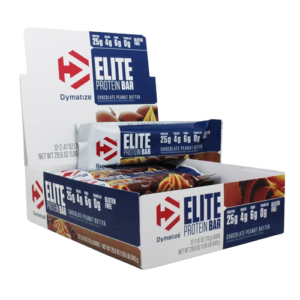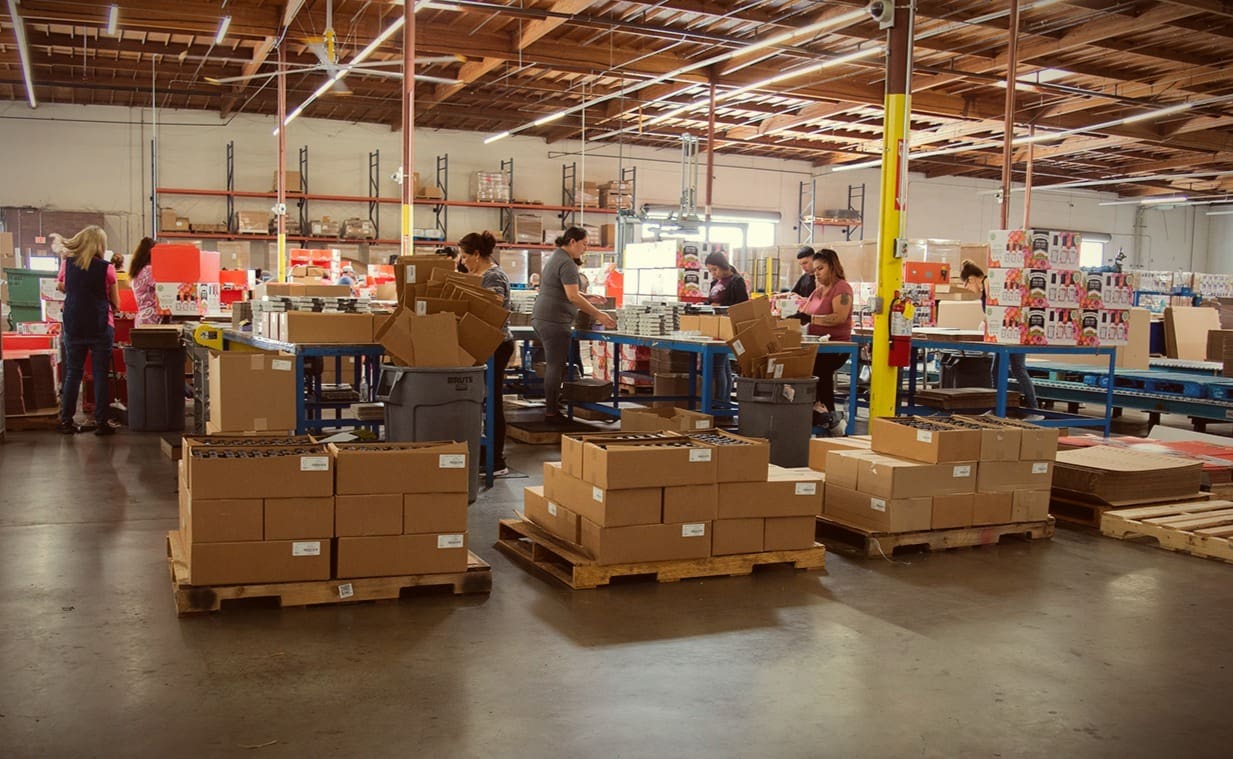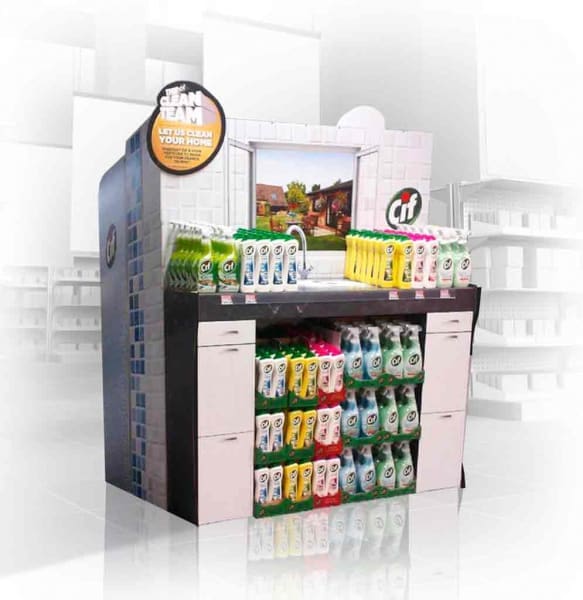Home » Balancing Graphics and Structure in POP Displays
Balancing Graphics and Structure in POP Displays
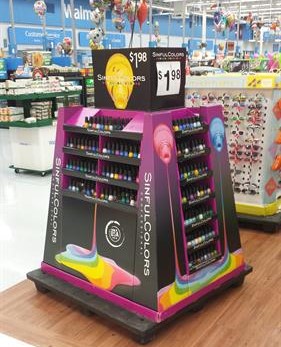
Point-of-purchase (POP) displays play a dual role in retail environments: they must capture attention with graphics while supporting products with reliable structure. If one side is overemphasized, the other suffers—eye-catching graphics on a weak structure can lead to product collapse, while overbuilt displays with poor graphics fail to drive sales. Successful POP design requires careful coordination between visual branding and engineering strength.
The Role of Graphics in POP Displays
Graphics carry the brand message and attract consumer attention in crowded retail aisles. Effective use of color, typography, and imagery transforms a standard corrugated display into a compelling marketing tool.
- Reinforces brand identity.
- Highlights product features or promotions.
- Differentiates products from competitors on the same shelf.
However, graphics must be placed with consideration of die lines, folds, and assembly points. A design that looks strong in concept may lose effectiveness if critical elements are cut or hidden during production.
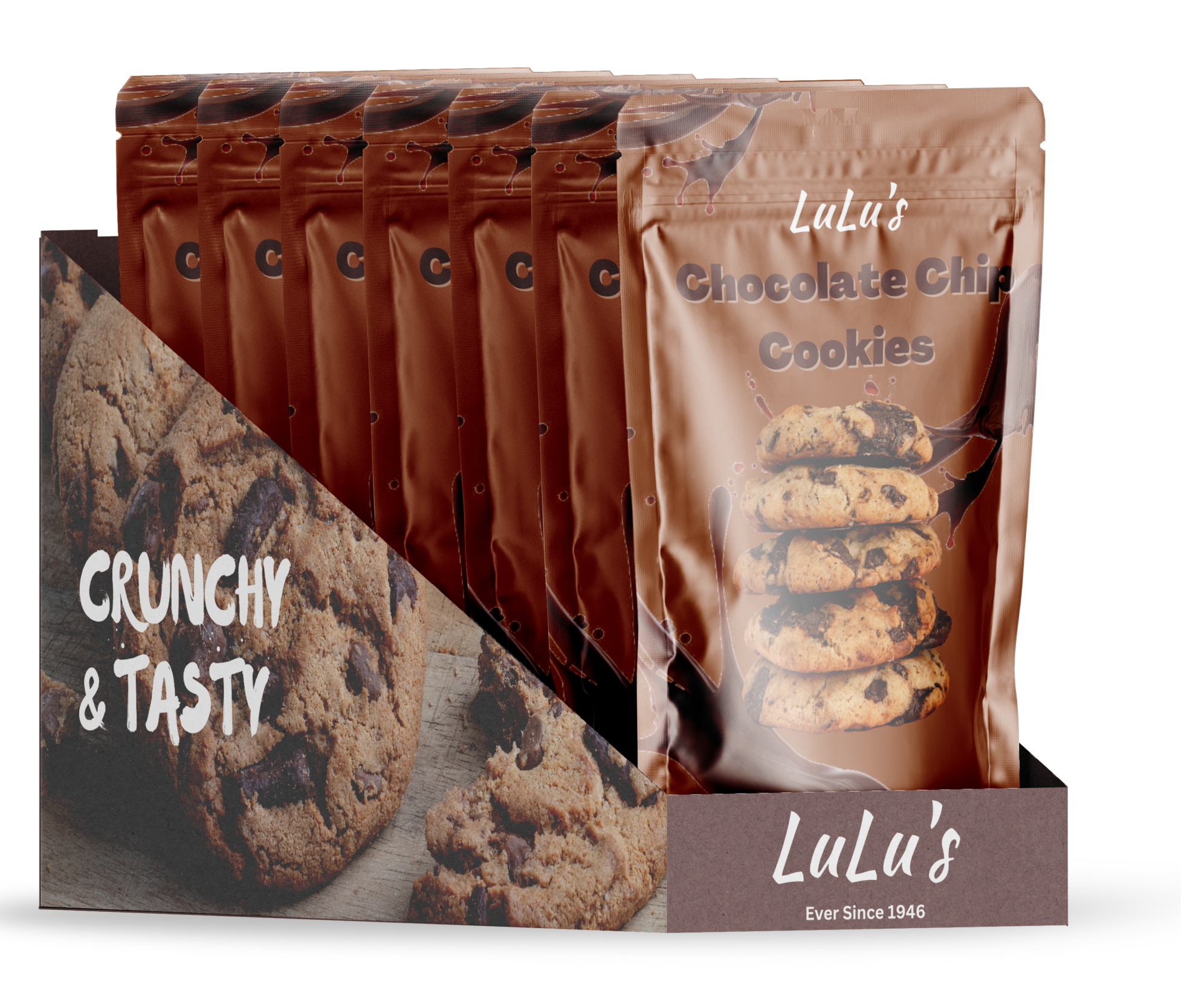
Structural Integrity and Functionality
The best POP display design balances aesthetics with durability. Structural engineering ensures the display holds weight, withstands handling, and complies with retailer requirements.
- Load-bearing capacity: Displays must hold multiple units without sagging.
- Assembly efficiency: Designs should be easy to set up in stores.
- Retail compliance: Dimensions must fit within chain-specific guidelines.
Ignoring structure risks costly failures on the retail floor, from leaning displays to complete collapse.
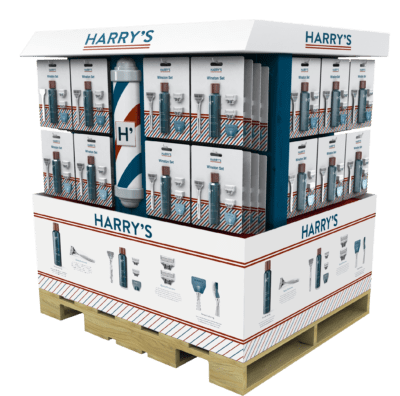
Achieving Balance Between Graphics and Structure
- Collaborative design: Graphic and structural designers should work together from concept through prototype.
- Testing in real-world conditions: Simulate load, handling, and lighting before production.
- Material selection: Choose board grades and coatings that allow high-quality print while maintaining rigidity.
- Print-to-structure alignment: Ensure graphics align with folds, cutouts, and SKU placement.
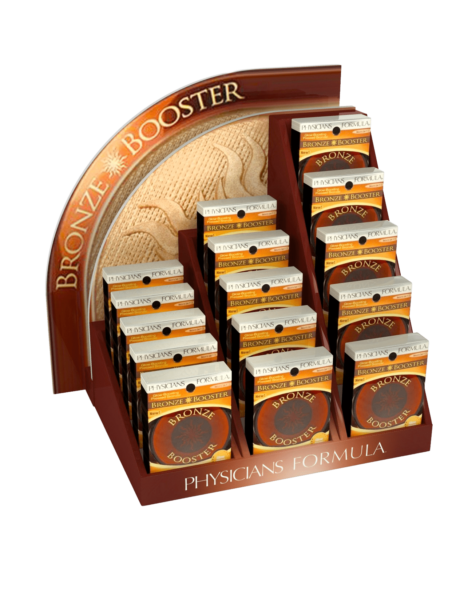
Industry Examples
- Club stores: High-traffic environments demand bold graphics paired with strong pallet displays.
- Seasonal promotions: Graphics drive excitement, but structural resilience ensures displays last through extended campaigns.
- Cross-merchandising displays: Must hold different SKUs securely without compromising print impact.
POP Display Solutions with Brown Packaging
At Brown Packaging, we engineer POP displays that balance structural integrity with brand-forward graphics. From retail-ready pallet displays to seasonal floor stands, our team ensures your design attracts attention without sacrificing performance. Contact us to start planning your next POP display.
References
Soroka, W. (2009). Fundamentals of Packaging Technology (4th ed.). Institute of Packaging Professionals.
Shop! Association. (2021). Best Practices for In-Store Marketing and POP Displays. Retrieved from https://www.shopassociation.org
ASTM International. (2022). ASTM D642: Standard Test Method for Determining Compressive Resistance of Shipping Containers.
With new tariff proposals and continued trade uncertainty, 2026 is shaping up to be another pivotal year for packaging sourcing strategy. Many companies that shifted production away from China in
Following multiple rounds of tariff changes and trade policy adjustments, 2026 marks a turning point for U.S. packaging buyers. Many who previously transitioned from China to domestic or nearshore suppliers
Shifting packaging production from China to the U.S. can help stabilize costs, reduce tariff exposure, and shorten lead times. But the transition process requires careful planning. For packaging buyers, the
RSC boxes are known for their efficiency and versatility, but their performance ultimately comes down to strength. Buyers often see numbers like ECT, BCT, and burst strength on specifications —
Home » Balancing Graphics and Structure in POP Displays


